A tour program to be organized as part of the symposium will offer an opportunity to explore and discover Çankırı’s rich history, culture, and tourist attractions. Places such as Taş Mescit, Çankırı Museum, Salt Cave, Çankırı Castle, and Ferit Akalın Radio and Communication House will be included in this special program. This excursion program will provide symposium participants with the opportunity to learn, have fun, and explore.
Taş Mescit
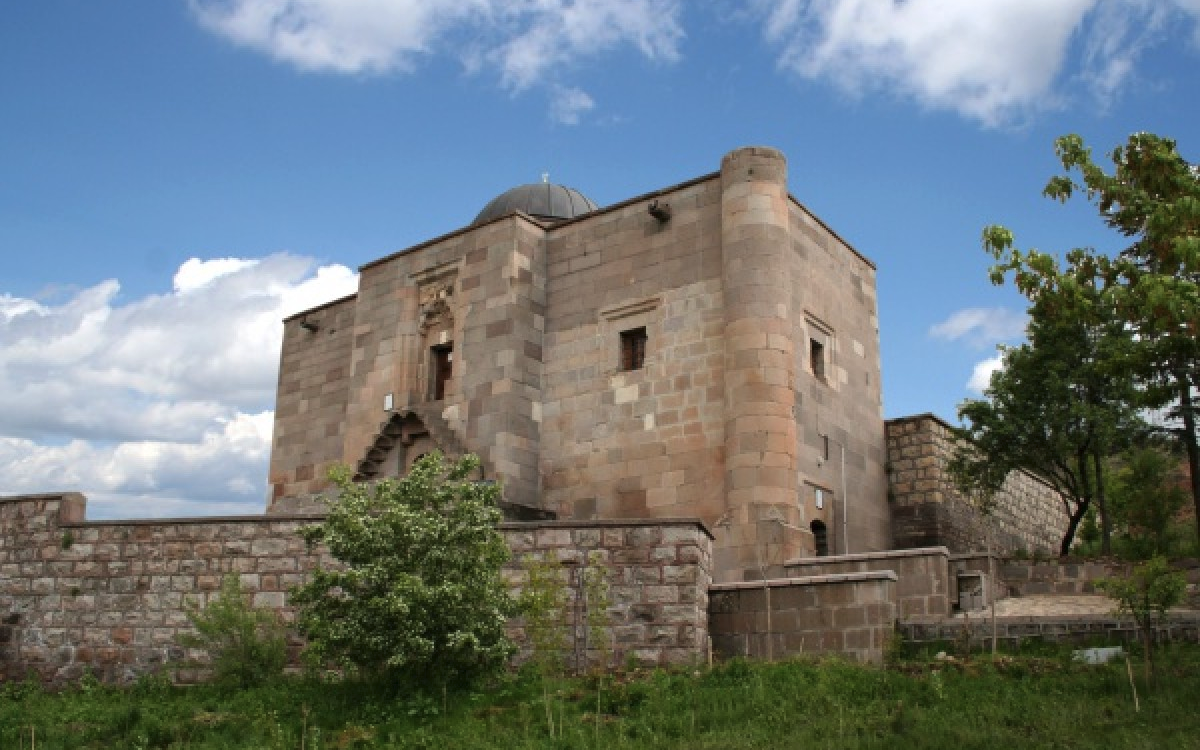
Taş Mescit, which dates back to the Seljuk period and is considered an important architectural landmark, consists of two adjacent structures known as Cemaleddin Ferruh Şifahane and Darülhadis. While the Şifahane has completely disappeared, Darülhadis has been preserved intact to the present day and is known as Taş Mescit. This intriguing institution of health was commissioned by Atabey Cemaleddin Ferruh in the year 1235 A.D. Darülhadis, built by Cemaleddin Ferruh seven years later, is open to visitors today, along with the Tomb of Cemaleddin Ferruh, located adjacent to Taş Mescit.
Darülhadis is a two-story building made of cut stone and is supported by two outer walls and a corner tower. The two figurative elements on the structure are now used as the “Medical Symbol” and the “Pharmacy Symbol.”
Taş Mescit is one of the significant tourist attractions in Çankırı and can be visited today.
Çankırı Museum
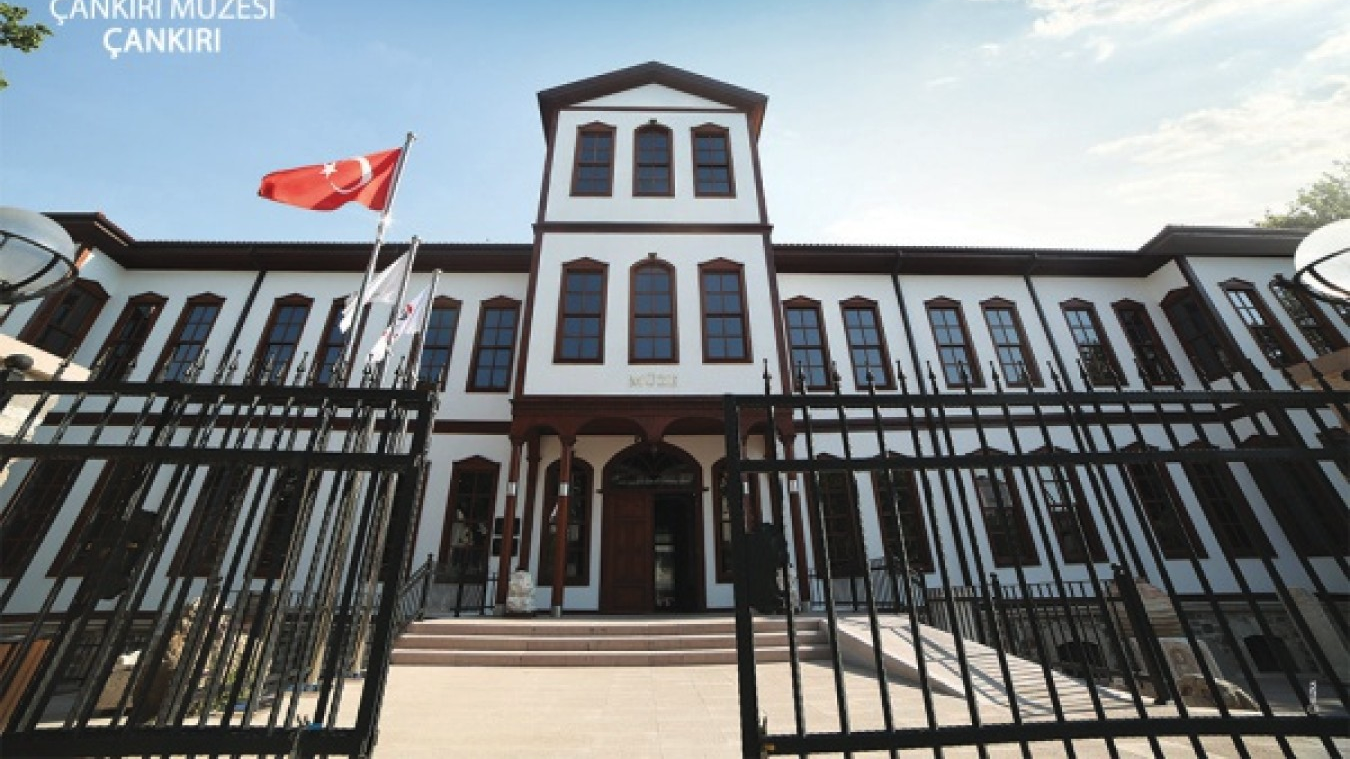
The Çankırı Museum, opened in 2017, was created through the restoration of the Çankırı Old Government Mansion, a structure dating back to the reign of Sultan Abdülhamid II. The museum boasts 3,000 square meters of indoor exhibition space and 600 square meters of outdoor display area. It houses artifacts and findings in the Archaeology, Ethnography, and Paleontology sections.
The museum is particularly noteworthy for its vertebrate fossils obtained from the region known as Çorakyerler, dating back to the Late Miocene period. These fossils hold significant importance in both national and global paleontology due to their dating and faunal diversity.
The exhibits are categorized into different sections under titles such as “Chalcolithic and Bronze Ages,” “Hittite Civilization,” “Hellenistic Period,” “Roman Period,” “Eastern Roman Period,” and “Coins.” Additionally, in the central area of the museum, there is a reproduction of the “İnandık Vase,” one of the most well-known artifacts in the Archaeological literature, along with a model related to the İnandık Höyük excavation where this artifact was found. This theme forms a special section of the museum.
Furthermore, the museum also features ethnographic artifacts that reflect the lifestyle of the local people and the sociocultural characteristics of the region.
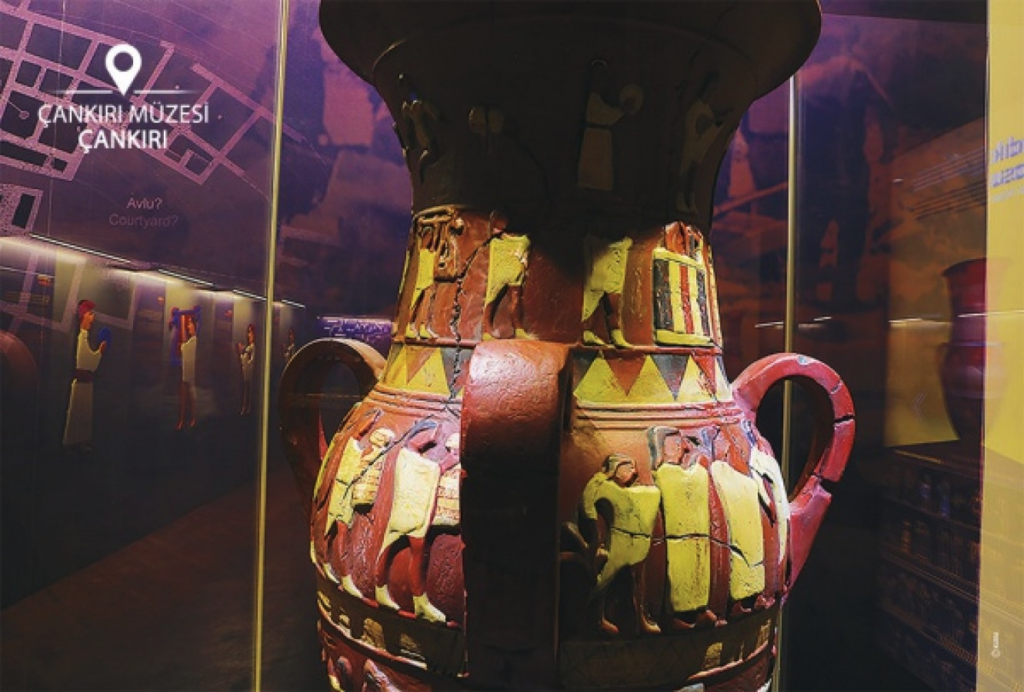
The Salt Cave
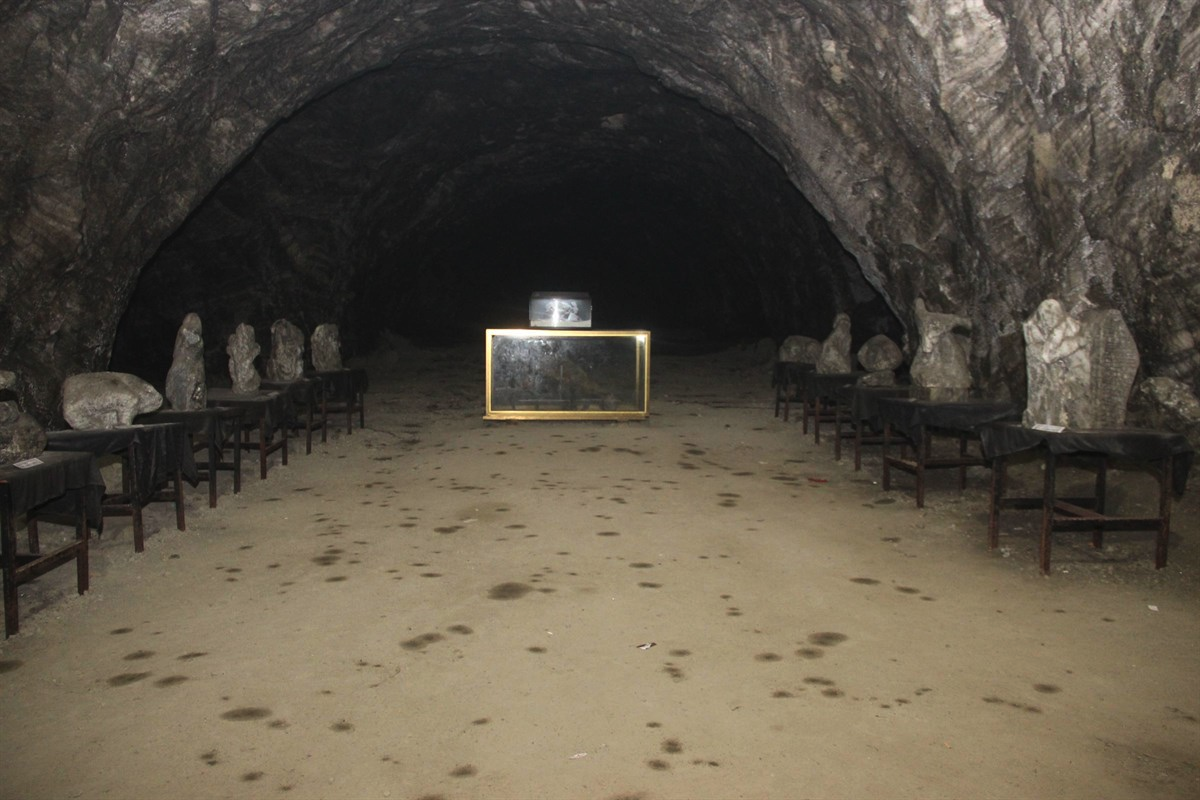
The Salt Cave, located in the underground section of the Çankırı Salt Mine, is one of the world’s oldest and largest salt mines where salt has been produced for approximately 5,000 years. Situated within the boundaries of Balıbağı Village, a district of the central Çankırı to the east, the Salt Cave also serves tourism purposes.
Inside the cave, you can find well-preserved animal carcasses, salt-made sculptures, handicrafts, as well as exhibitions featuring fish and human faces. Its healing properties, known to be beneficial for conditions such as asthma and bronchitis, have also attracted attention. Efforts are underway to promote it as the “Underground Salt City” to the global tourism industry. The cave is equipped with administrative facilities and parking services.
Çankırı Castle
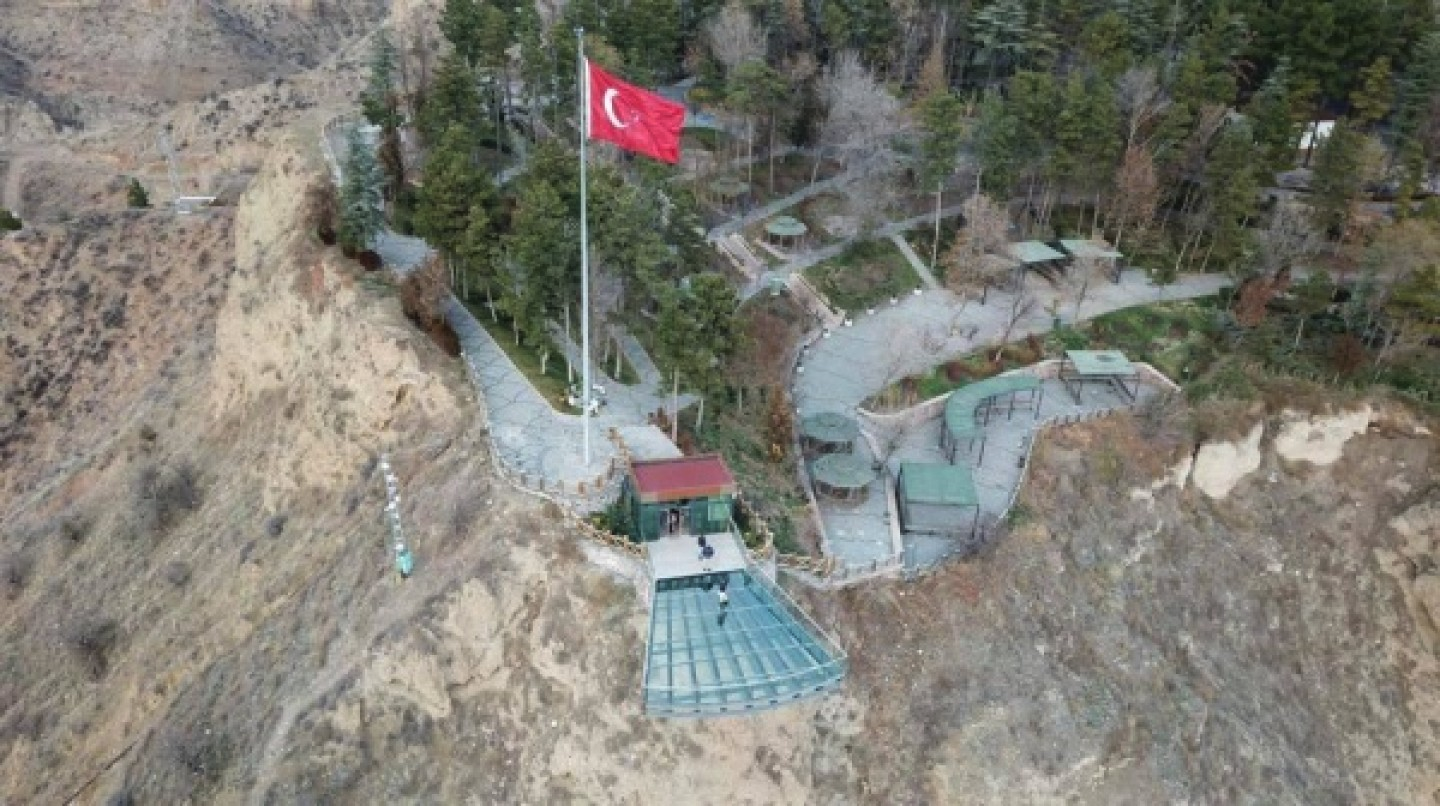
Çankırı Castle, situated to the north of the city, has earned a reputation for its strength during the Roman, Byzantine, Seljuk, and Ottoman periods. It was inhabited until the last century, but today, only a few remnants of the walls remain from the original structure. Presently, the castle serves as a popular recreational area for the public and a historical pilgrimage site.
The presence of the Tomb of Çankırı’s Conqueror, Karatekin Bey, within the castle further enhances its significance. The castle offers amenities such as seating areas, pergolas, a mosque, and a parking area. Perched atop a high hill, the castle also provides visitors with a panoramic view of the city.
Ferit Akalın Radio and Communication House
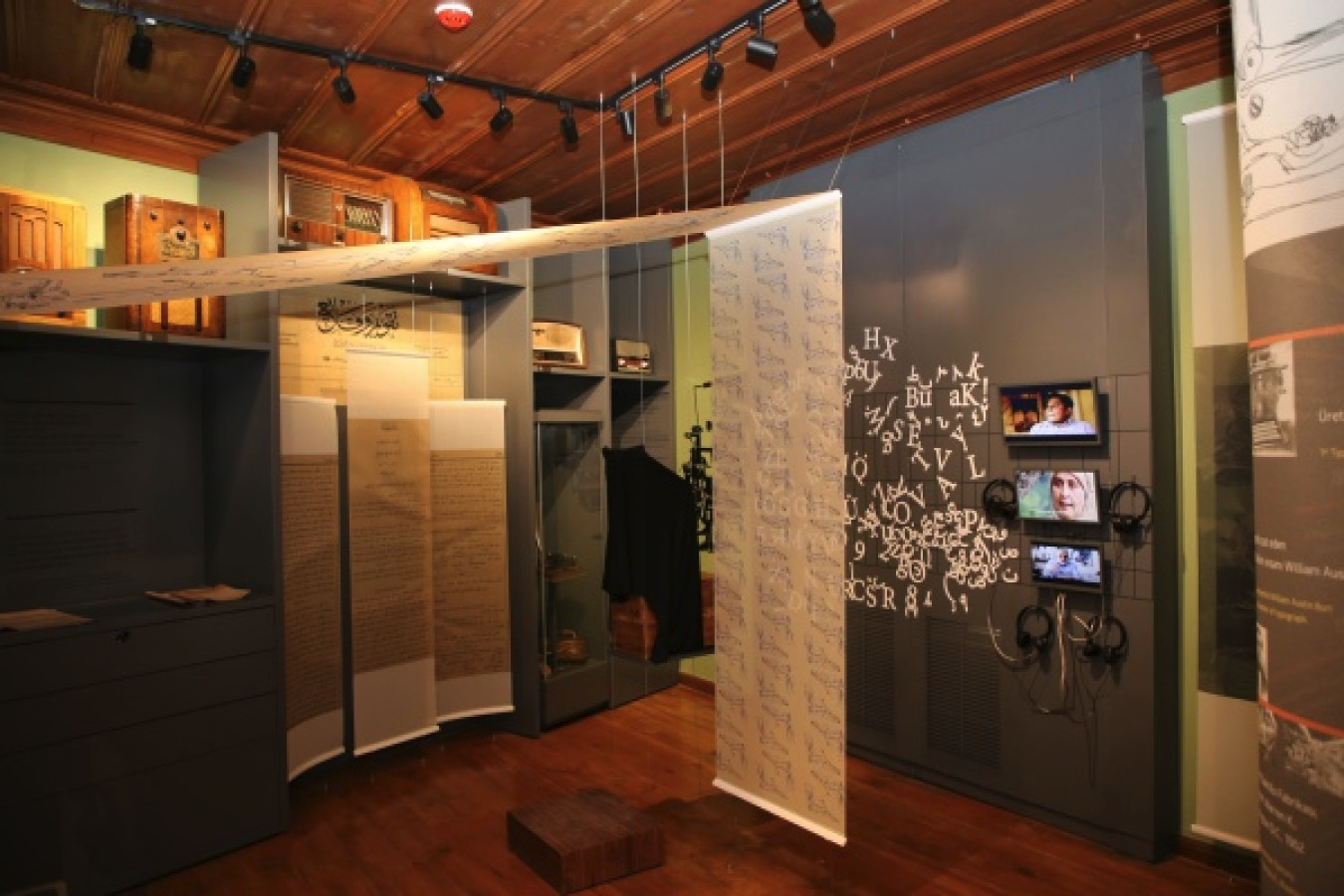
Ferit Akalın Radio and Communication House is a museum that records the radio curiosity of Ferit Akalın, a former inventor, and his adventures from installing the first television antennas in Çankırı to driving a car in the stadium with radio signals and remote control. The main purpose of the space is to tell the historical development of communication tools with human stories and to emphasize the locality of Çankırı. For this purpose, the theme of communication meets visitors with living and breathing interactive applications. Visitors experience a natural workshop environment and exhibition intertwined.
Reference:
Cankiri Municipality, https://cankiri.bel.tr/tarihi-merkezler/turizm/1
Cankiri Governorship, http://www.cankiri.gov.tr/sehrimiz